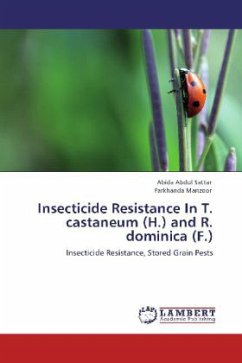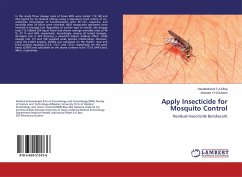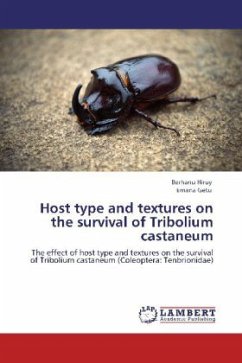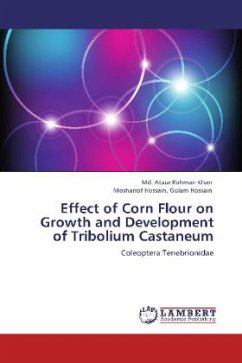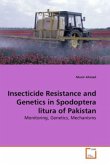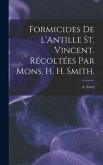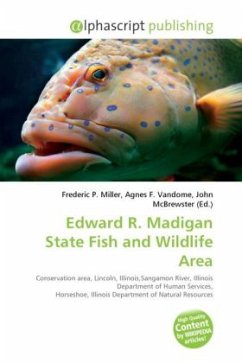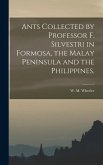Synthetic insecticides have been the major control method of insect pests since 1950s. The widespread and unwise use of insecticides has resulted in the development of insect strains that are resistant to insecticides. The level of insecticide resistance was evaluated in two economically important stored grain pests, Tribolium castaneum (Herbst) and Rhyzopertha dominica (Fabricius) in the present study. Resistance level was checked against one organophosphate and four pyrethroid insecticides by using filter paper method and residual film method. Mortality was recorded after 48 hours of treatment. Resistant insects were identified on the basis of their LC50 values. T. castaneum (H.) appeared to be more resistant as compared to R. dominica (F.). Results indicated that deltamethrin 2.5% SC was more toxic of all test insecticides while DDVP 50% EC was least toxic.
Bitte wählen Sie Ihr Anliegen aus.
Rechnungen
Retourenschein anfordern
Bestellstatus
Storno

